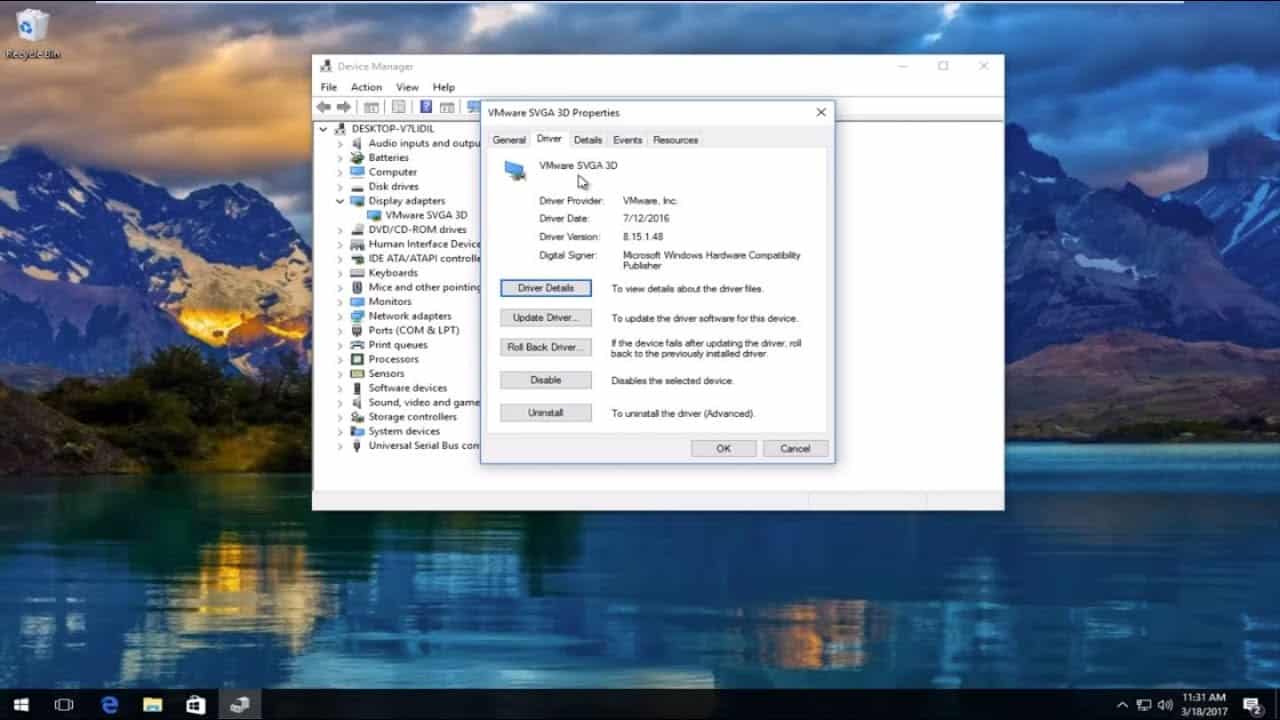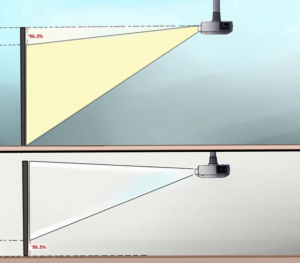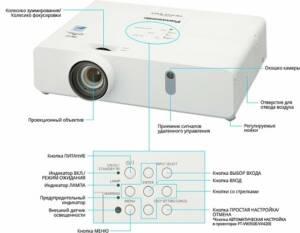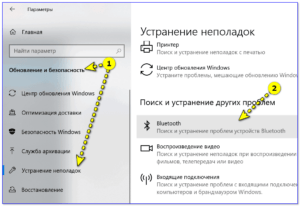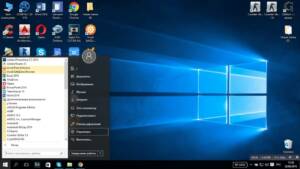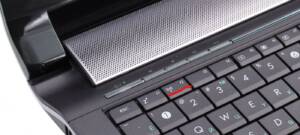Check the HDMI cable connection
One of the most common reasons why a laptop does not see a projector via HDMI is an incorrect cable connection. The HDMI cable may not be properly connected to the port on the laptop or projector, or the cable itself may be faulty. To make sure that the HDMI cable connection is set up correctly, you should check the ports on the laptop and projector respectively, make sure that the cable is firmly inserted into both ports, and then switch the input on the projector to HDMI. If nothing happens, you should try another HDMI cable or check the ports on the laptop and projector for damage. If nothing was found during the HDMI cable check, the problem may be related to the settings of the graphics card drivers on the laptop. In this case, you can try updating the drivers or reinstalling them. As a rule, checking and configuring the HDMI cable connection helps to solve the problem with displaying the image on the projector. If this does not help, you should contact professionals or support from the manufacturer of the laptop and projector for help. If you have problems connecting a laptop to a projector via HDMI, the first thing to do is to check the status of the HDMI port on both devices. Start with the laptop - make sure the HDMI port is not damaged and that it is working properly. If the port on the laptop is working, move on to the projector and check its HDMI port.
If both HDMI ports are working but your laptop still can't see the projector, the problem may be with your graphics card drivers. Try updating the graphics card drivers on your laptop and reboot the system. This may help restore the HDMI port and fix the problem.
If the problem persists, try changing the screen resolution on your laptop. Some projectors cannot handle certain screen resolutions, so try setting a resolution that is supported by your projector.
Finally, if all the above solutions fail, check your HDMI cable for damage. Sometimes the problem may be due to a damaged cable, so make sure that the HDMI cable is intact and does not have any visible damage.
Overall, if your laptop can't see the projector via HDMI, there are a few simple solutions that can help get the HDMI port working again and fix the problem. If you cannot solve the problem yourself, contact a technician or your laptop or projector manufacturer's support team.
If you encounter an issue where your laptop cannot see the projector via HDMI, then the problem may be with the drivers. To solve this problem, you need to update the drivers on your laptop and projector.
To update drivers on your laptop, go to your device manufacturer's website and find the support section. There you can find the latest drivers for your laptop. Download and install them on your device.
To update drivers for your projector, go to your device manufacturer's website and find the support section. There you can find the latest drivers for your projector. Download and install them on your device.
Updating your drivers may take some time, but it can greatly improve the performance of your laptop and projector. After updating the drivers, reboot your device and try connecting the projector again.
If the problem is not resolved, then the problem may be with the HDMI cable. Try replacing the HDMI cable and check if the connection now works.
In any case, updating drivers on your laptop and projector is a good solution to improve the performance of your devices. Remember to update drivers regularly to avoid problems in the future.
Use alternative connection methods
If your laptop can't see the projector via HDMI, don't despair - there are several alternative connection methods that can help solve this problem.
One such method is to use an adapter. If your laptop has a Mini DisplayPort or Thunderbolt output, you can purchase a Mini DisplayPort to HDMI or Thunderbolt to HDMI adapter, respectively. This will allow you to connect your laptop to the projector via an HDMI cable.
Another option is to use a VGA cable. If you have a VGA port on your laptop and projector, you can use a VGA cable to connect your laptop to the projector. Although VGA ports do not provide the same picture quality as HDMI, this method can be useful if you have no other connection options.
Finally, you may want to consider using wireless streaming technologies such as Miracast or Chromecast. These technologies allow you to transfer images from a laptop to a projector without the use of cables, which can be very convenient in some situations.
In any case, if your laptop cannot see the projector via HDMI, do not despair - there are many alternative connection methods that can help solve this problem. If you have a problem where your laptop cannot see the projector via HDMI, then one way to solve it may be to use an HDMI-VGA or HDMI-DVI adapter.
An HDMI to VGA adapter allows you to connect a laptop with an HDMI port to a projector or monitor with a VGA port. This is especially useful if you have an older projector or monitor that doesn't support HDMI technology.
The HDMI-DVI adapter, in turn, allows you to connect a laptop with an HDMI port to a monitor or projector with a DVI port. This connection method can be useful if you have an older monitor or projector that does not support HDMI technology, but does support DVI.
In both cases, you need to purchase the appropriate adapter and connect it to the HDMI port on your laptop and to the corresponding port on your projector or monitor. After this, the laptop should automatically detect the connected device and begin displaying the image on the screen.
Using an HDMI-VGA or HDMI-DVI adapter can be a great solution to the problem when a laptop cannot see the projector via HDMI. However, if the problem persists, it may be worth contacting a professional to diagnose and repair the equipment.
Connect your laptop via Wi-Fi or Bluetooth
If your laptop does not see the projector via HDMI, there are several other ways to connect. One of them is to use Wi-Fi or Bluetooth technologies.
To connect via Wi-Fi, you will need a special adapter, which can be purchased at an electronics store. Connect the adapter to the projector and set up Wi-Fi on your laptop. Then select the projector from the list of available devices and connect to it.
To connect via Bluetooth, check if your laptop supports this technology. If yes, then turn on Bluetooth on both devices and connect them to each other.
Both of these methods have their advantages. Wi-Fi allows you to transmit video with higher resolution, and Bluetooth is more convenient for transmitting audio.
If you don't have access to a Wi-Fi adapter or your laptop doesn't support Bluetooth, you can use other connection methods, such as a VGA or DisplayPort cable.
Read further:
